The Fourth Industrial Revolution promises to disrupt industry in many ways. According to experts, the level of automation in global manufacturing and logistics will reach 95% in two decades. SIBUR follows those trends. Its Digital Transformation initiative is now a full-fledged function developing a plethora of innovative technologies that utilise things from big data to augmented reality.
According to Valerii Cherepanov, Head of Industry 4.0 at SIBUR, digital transformation breaks down into two focus areas.
First is big data, in particular, to optimise performance of equipment. Predictive maintenance has already been introduced at our polypropylene facility in Tobolsk – a system based on big data monitors operational parameters of the extrusion machine to predict unscheduled downtime. Tests show that it can anticipate 75% of all equipment failures and thus ensure a performance boost. Tobolsk polymer facility for BOPP films uses big data technology, too. It helps to reduce tearing at the final production stage on the Novokuybyshevsk site.
Predictive maintenance at the polypropylene facility in Tobolsk – a system based on big data monitors operational parameters of the extrusion machine to predict unscheduled downtime.
Predictive maintenance has already been introduced at our polypropylene facility in Tobolsk – a system based on big data monitors operational parameters of the extrusion machine to predict unscheduled downtime.
The second area is the digitisation of various production processes. For example, the Tobolsk facility has recently introduced a mobile inspection app making obsolete monitoring methods and paper records a thing of the past.
Now, all equipment monitoring information is uploaded to electronic devices with dedicated apps that enable efficient data processing, photographing, and real-time employee location tracking. New apps also help SIBUR’s staff perform routine operations faster – for instance, issuing and approving some work permits. More tasks will be soon streamlined in similar ways.
Another project – and truly spectacular, too – is the introduction of new gadgets in petrochemistry. The Tobolsk and Nizhnevartovsk facilities are implementing augmented reality systems that deliver maintenance expertise fr om virtually anywhere and allow for real-time remote guidance in complex tasks. This solution is particularly important when tasks at hand require top-tier experts.
Urgent repair is now instantly available – an expert does not have to arrive physically on site, their virtual presence is enough – substantially reducing downtime and related economic losses.
Tobolsk and Kstovo pilot SIBUR’s digitisation project. Targeted initiatives are explored on other sites, too.
This smart system detects different rubber grades based on their colour, SIBUR’s Voronezh site.
The Voronezh site has implemented the Machine Vision project (a self-explanatory name). One of the production lines was equipped with an optical system that differentiates between rubber grades based on their colours. A racking robot receives the information gathered by the system to sort products into different containers accordingly.
Other applications the Company is looking into include IIoT sensors (Industrial Internet of Things), UAVs, 3D printing, and other solutions.
Dmitry Konov,
Chairman of SIBUR’s Management Board, said:
“Management Board meets every other week to discuss the progress of our digital projects. We talk about initiatives, issues, and ways the management can help. Out-of-the-box solutions are not available for any of these projects. We take an algorithm, adapt it to our needs, and then consider relevant organisational changes. The algorithm, in most cases, is only one-fifth of the whole project. You can hardly guess where it all ends before you begin.
Managing your information
It is widely known that in a traditional industry, digitising production is much harder for giant companies – and it is precisely their size that makes it so difficult. According to McKinsey, the least digitised industries in the USA are still construction, agriculture, and healthcare, while oil, chemical, and mining are around the middle of the rating. According to estimates from Uplab, a digital agency, the situation in Russia is similar to the US in many ways. However, as Herman Gref, Sberbank’s CEO and one of Russia’s strongest digitisation proponents, repeated time and time again, soon no industry will be able to avoid the digital explosion.
Source: Uplab
The Tobolsk and Nizhnevartovsk facilities are implementing augmented reality systems that deliver maintenance expertise from virtually anywhere and allow for real-time remote guidance in complex tasks.
“Although manufacturing is viewed as a rather conservative environment, the petrochemical industry has always been ahead of others in terms of automation,” said Vasiliy Nomokonov, SIBUR’s Management Board member and Executive Director.
Some 10–15 years ago, automation in our facilities already measured by a double-digit percentage, while today it is close to 90% – a really good foundation for further digitisation and introduction of Industry 4.0 technologies.”
For quite a while, many industrial companies in Russia have been digitising production, employing robots, embracing the industrial internet and adopting big data analytics to welcome the Fourth Industrial Revolution.
Rostelecom has industrial internet projects in store for several major corporations. There are cases of cyber-manufacturing and fully automated robotic production lines. For example, a plant in Kazan now operates a robot-controlled line, and the robot directly interacts with a server to install all necessary software on the machines.
Rostelecom presents industrial internet projects.
Anatoly Gneushev, Head of Data Project Office at Resources Cooperation Group, believes that industrial internet of things (IIoT) will form the basis for the management of production operations through the use of intelligent systems exchanging data with the global environment in real time.
95% is the share of automated production and logistics processes that analysts expect to be reached within the next 15–20 years
Source: RBC
Organisations will be centred around data – all decisions in the digital economy will be based on IT capabilities, all equipment will provide feedback and adjust the production process based on data analysis results. Production facilities will interact with products and attune to customer’s preferences. Human involvement will be exponentially decreasing and entire production stages will at some point became autonomous.
“It is important that industrial companies do not only focus on process automation but start to manage the information accumulated as a result of their automation efforts,” says Alexander Aivaz, Chief Data Officer at SIBUR. “Big data helps make decisions in difficult situations as a computer can calculate a million of outcomes within minutes. Besides, big data is the key to algorithms that can not only predict negative scenarios but also prevent them.”
“Russian IIoL market is home to many software and hardware start-ups. It looks quite optimistic, Russian solutions can compete with the western ones in terms of functionality and enjoy an obvious cost advantage,” adds Vasily Ezhov, Industry 4.0 Manager at SIBUR.
Industry 4.0 principles
The key design principles of Industry 4.0 were laid down in Germany.
1. Interoperability is the ability of all devices and machines to connect and communicate with each other via the Internet of Things
2. Information transparency is the creation of virtual copies of products and collection of data from all devices.
3. Technical assistance is the development of software to collect, analyse, sort and visualise the data and assist in making decisions or make them automatically.
4. Decentralised decisions is automated decision-making and ability of systems to operate on their own and to perform their tasks as autonomously as possible.
New opportunities
To prepare for Industry 4.0, Russia has launched its National Technology Initiative (NTI). Last February, the Russian government approved the first NTI roadmap – Advanced Manufacturing Technologies (TechNet).
Human involvement in production is decreasing.
Although manufacturing is viewed as a rather conservative environment, the petrochemical industry has always been ahead of others in terms of automation.
Last year, the Ministry of Industry and Trade also presented its 4.0RU project to establish a common digital industrial space.
The system would allow to create a virtual model of a product (an aircraft bolt was used in the demo version), find a facility able to manufacture it, compare production times and costs and choose the best delivery method.
Building virtual models of various objects and products is one of the key aspects of Industry 4.0.
“We are entering the era of digital twins, and the NTI’s TechNet roadmap seeks to deploy them. All engineering efforts – with all the associated risks – are performed on the digital copies rather than physical prototypes. Such solutions are badly needed and the majority of top corporations understand the importance of the process,” said Dmitry Peskov, Russian Special Presidential Representative for Digital Development.
Building virtual models is one of the key elements of Industry 4.0.
Industry 4.0 for the production sector
Augmented reality glasses. With the glasses on, a worker has instant access to all necessary instructions. The glasses help identify units and parts, connect them properly, etc.
Digital models (twins). Prior to production or modification (for example, shaping a part), a digital copy of the process or object is made, which allows to check the technology or structure against potential faults.
Equipment networks. A special piece of software connects all of the company's equipment into a single network. The software collects the information from production lines and machines, organises it and shows different indicators in real time (e.g., operation time, downtime, overheating, tear and wear, etc.).
A digital model allows checking a technology or structure against potential faults.
Automated component ordering. Equipment checks availability and orders spare parts and supplies required for production, adds their specifications, amount, etc.
Raw part processing. Equipment uses a microchip to retrieve information about what needs to be done with the raw part and performs the required operation.
Self-repair. A machine keeps track of the wear and tear of its components and autonomously orders replacement details from the manufacturer or the company’s procurement service.
Automated facility management. An automated production facility installs the required software into machines and moves the goods down the production line without human participation.
Focus on customers
Besides digitisation, automating each and every production process and using data, Industry 4.0 and industrial digital technologies are about bringing marketing, sales, HR and training communications online, says Uplab. According to McKinsey, 80% of customers believe that human interaction is essential when selecting new chemical products or placing the first order with a supplier. For the second order, however, only 15% need human interaction. The benefits of the evolving industrial e-commerce are not limited to improved sales performance and reduced labour costs. Some of its tools can be used to analyse and promptly adapt to customer preferences while offering flexible and more transparent pricing. In Russia, many industrial companies have launched online stores. Severstal, NLMK, SIBUR and others have been busy creating web resources that allow customers to bundle anything from logistics control to trainings as an additional service package.
80% of customers believe that human interaction is essential when selecting new chemical products or placing the first order with a supplier.
For quite a while, many industrial companies in Russia have been digitising production, employing robots, embracing the industrial internet and adopting big data analytics to welcome the Fourth Industrial Revolution.
“Digital technologies facilitate and accelerate communication, ensure quick response times of the technical support team and pave the way for a digital dialogue, helping us cater to customer needs,” says Vladimir Zimovtsev, Head of Sales Development at SIBUR. “In early 2018, we relaunched our eCommerce platform, making it more user-friendly and attractive to our customers. With digital technologies at hand, we intend to make customer experience even smoother, developing instant reply chatbots, adding more functions and features to eCommerce and launching a mobile training platform.”
“Using big data, we plan to offer a number of online digital services, including operating mode recommendations, increasing process stability through statistical analysis and advanced analytics, and using data science to debottleneck and boost performance,” adds Alexander Bushkov, Head of Technical Support at SIBUR.
The focus is shifting towards customer requirements – and that is another trend in today’s economy and Industry 4.0. Herman Gref says that, throughout the market, a wide product range is not enough to satisfy customers. They want custom, tailored products – along with the opportunity to co-create them. Thanks to Industry 4.0 innovations, companies across various market segments, including the petrochemical sector, can personalise their products, customise service bundles online and interact directly with each customer.
SIBUR’s innovative projects
Рredictive extrusion machine maintenance at pp production facility
The tool reduces the number of unscheduled stoppages of the extrusion machine as it identifies problems before they occur. The system for assessing equipment boils down to the following scale: green – normal operation, yellow – close monitoring required, red – urgent adjustment required. During piloting in mid-April, the tool predicted a negative outcome at one of SIBUR’s processing lines; the issue was addressed and remedied by the operator. The system can help predict and prevent 75% of equipment failures.
Augmented reality (Ar)
Fixing a piece of equipment would often require consulting the vendor or an expert. The 72 hours (on average) it takes to bring them to the site represents significant downtime. This is wh ere augmented reality glasses come into play: they make it possible to get expert advice in a matter of several hours (accounting for all approvals), which in turn reduces the repairs time. For example, installation of the cold train's heat exchanger at the propane dehydrogenation unit in May required input from colleagues in Germany. Thanks to the AR technology, it only took an hour to resume the work instead of two days.
App for walk-around inspections and work permits
Equipment inspection goes mobile with this app that makes piles of paperwork a thing of the past: it streamlines information exchange between different shifts, enables fast data collection on the equipment near units, and provides instant access to safety briefings. The app makes getting a digital work permit a breeze thanks to its wide array of functions – users can sel ect job parameters, view layouts, pull up the associated details and risks, assign responsibilities, and get work permits approved remotely using a mobile device. The app will reduce permit processing time for certain jobs from 2 days to 15 minutes.
Implementation of APC systems
Advanced Process Control (APC) systems independently control the parameters of a process unit and adjust them on a minute-by-minute, 24/7 basis, carrying out a given job based on a predetermined algorithm. Here, the operator's function is that of a controller, and APC implementation will make it possible to manage all production processes fr om a single control room. Following 2019, SIBUR plans to roll out APC systems to its main production sites.
Download PDF

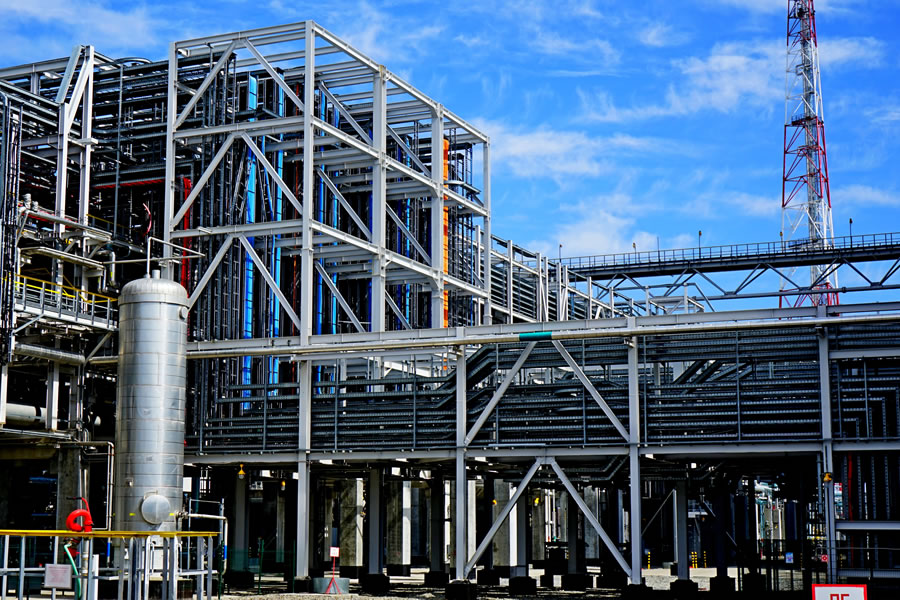
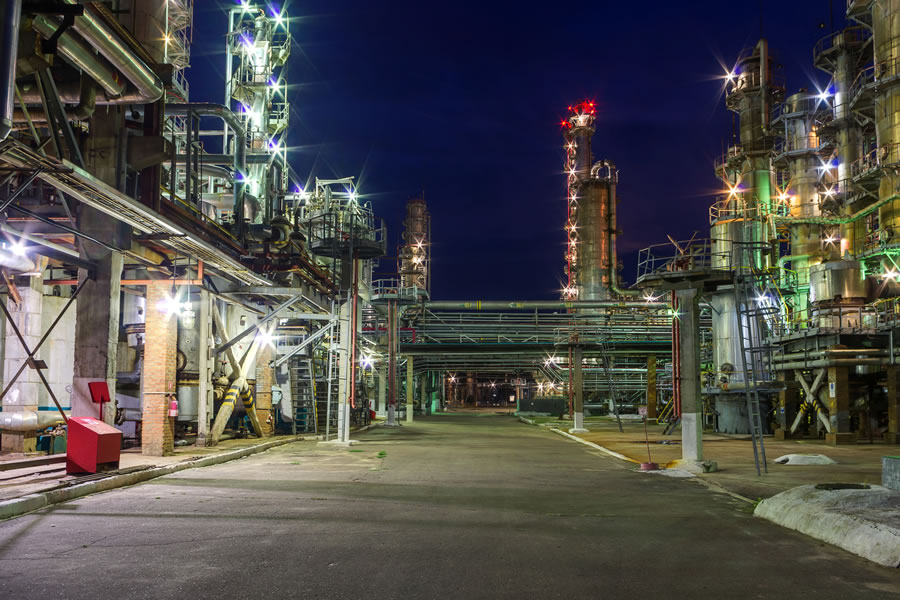
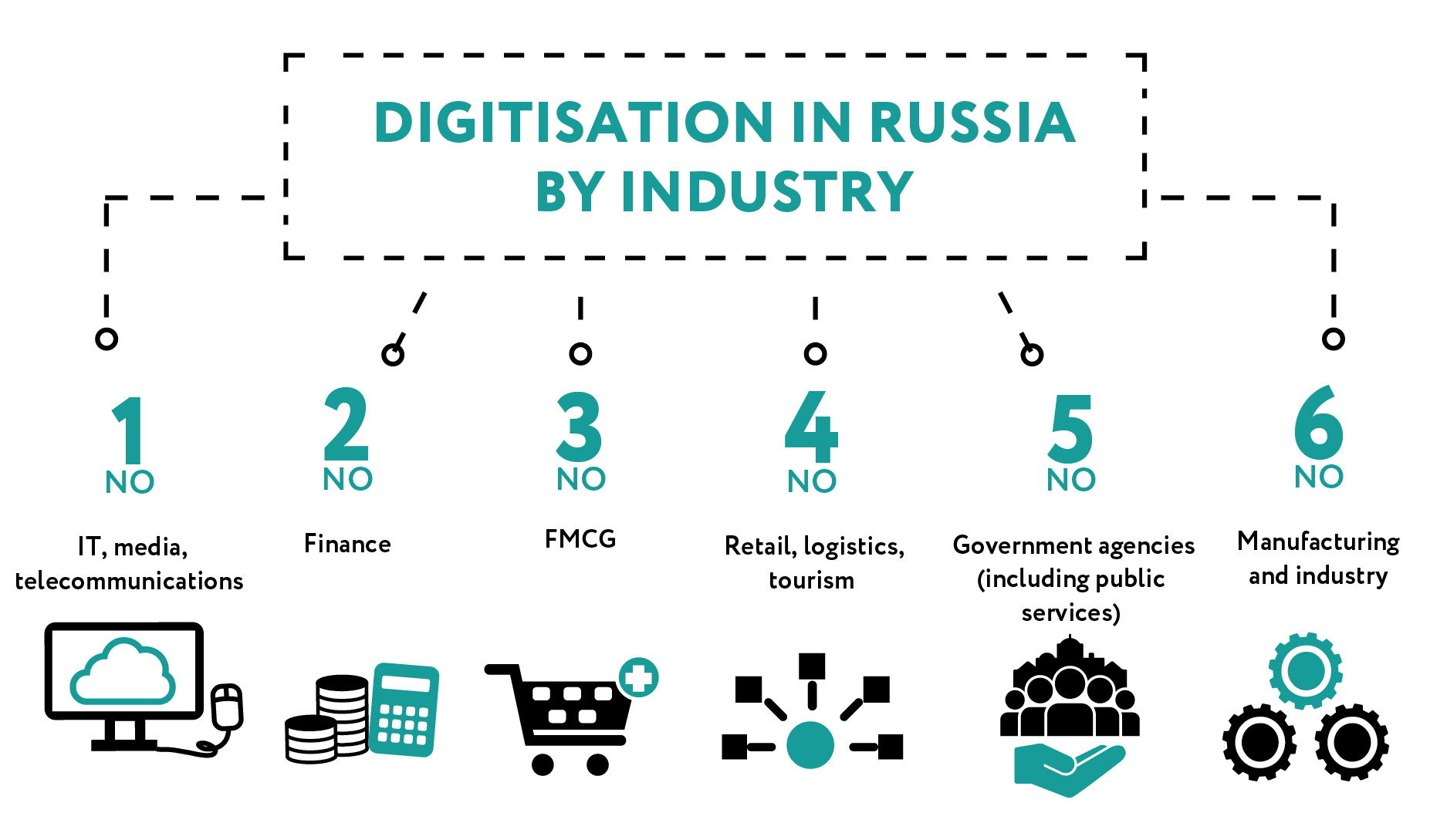
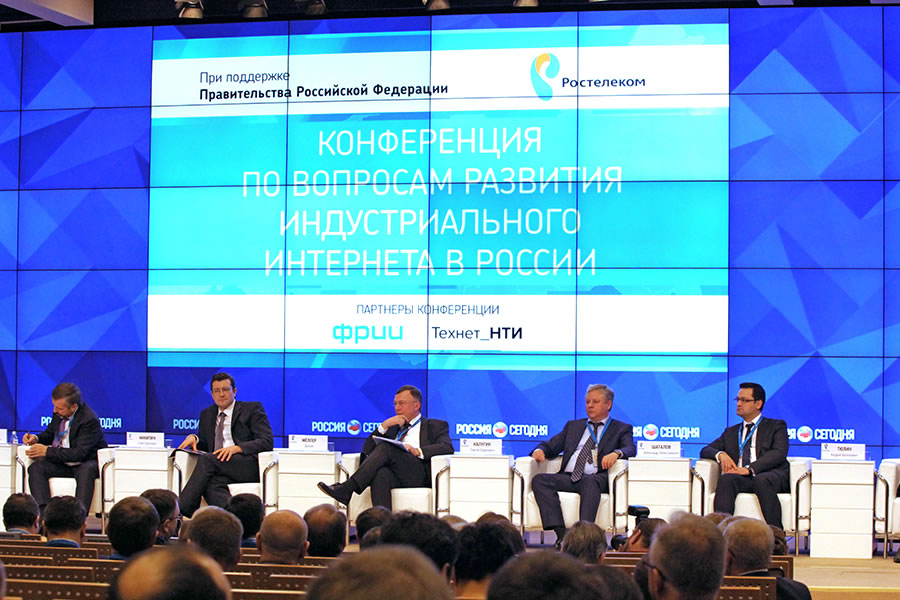
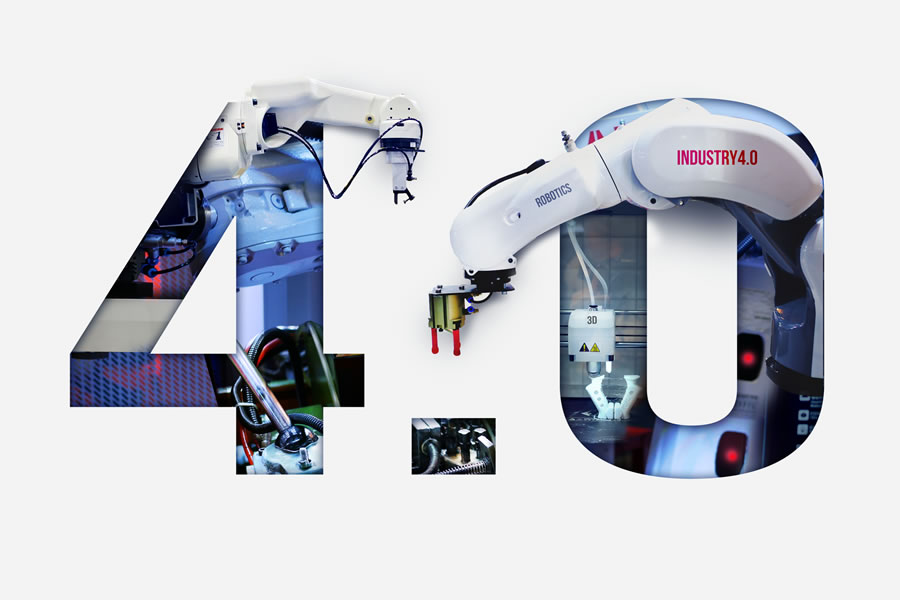
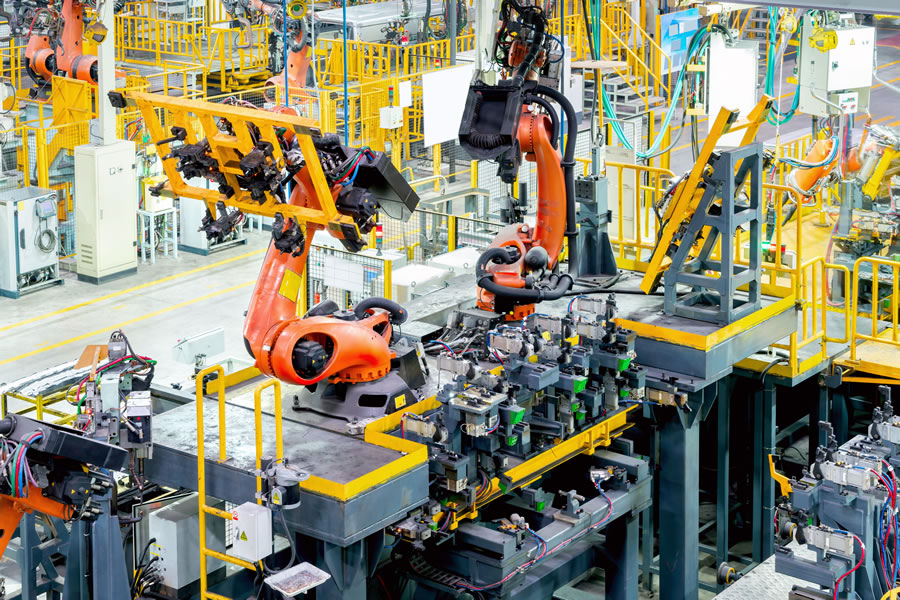
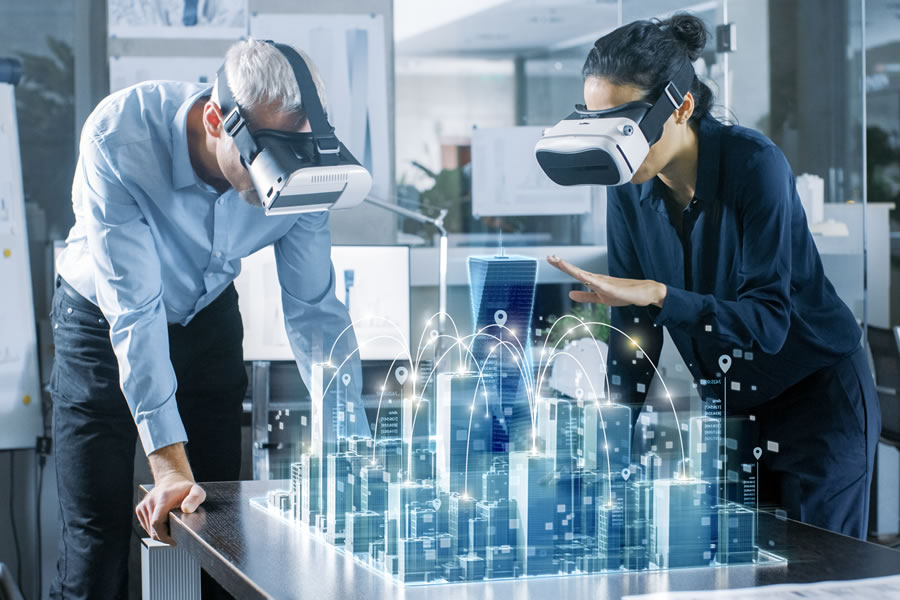
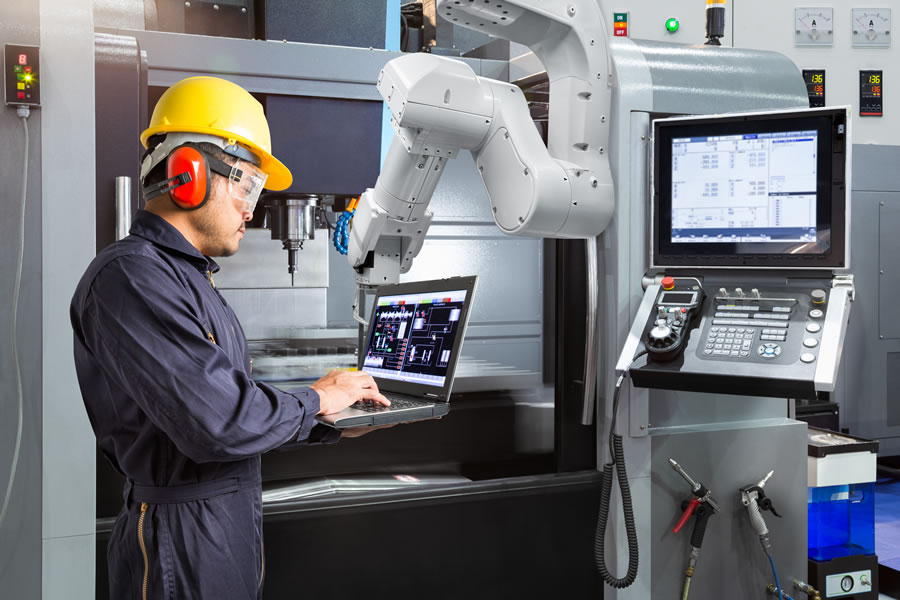

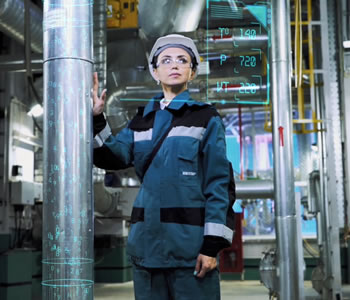

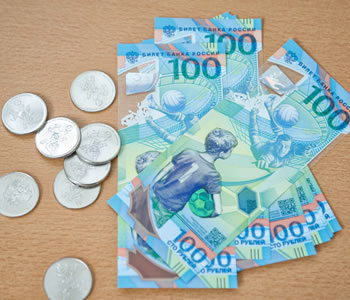


Dmitry Konov
Chairman of SIBUR’s Management Board